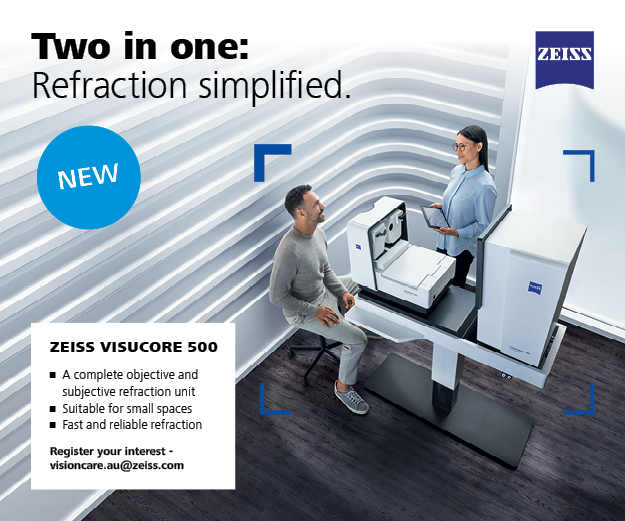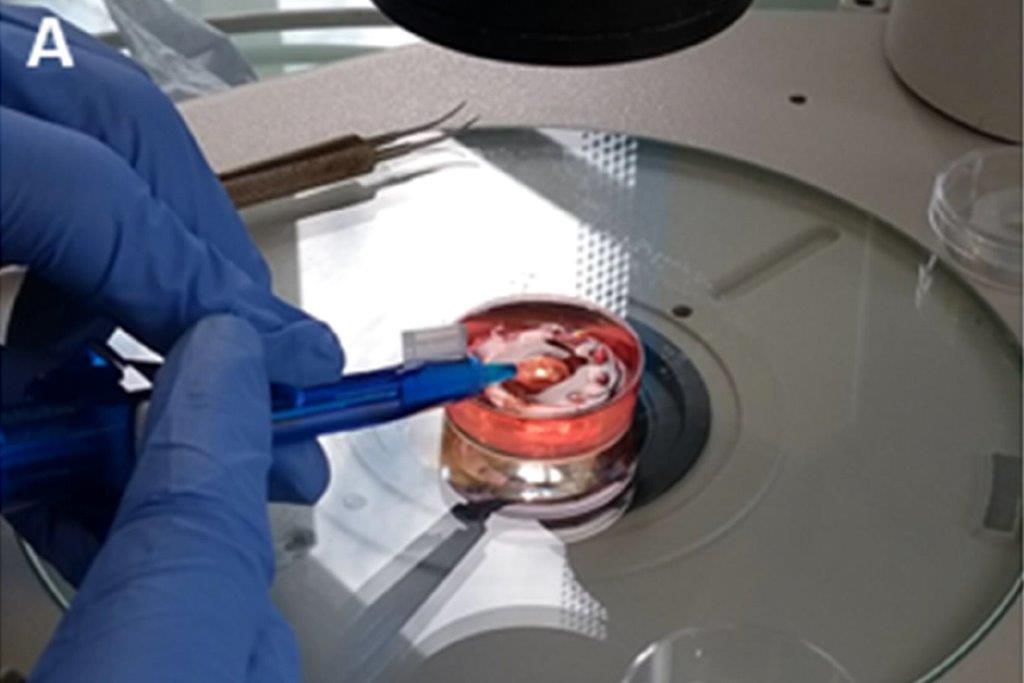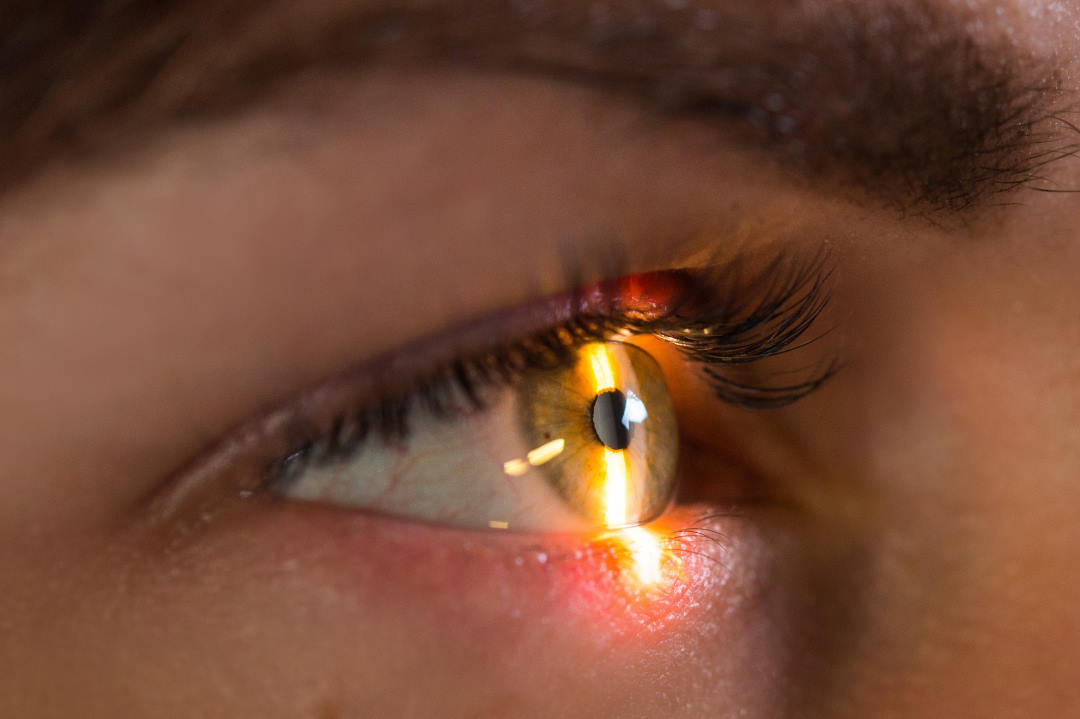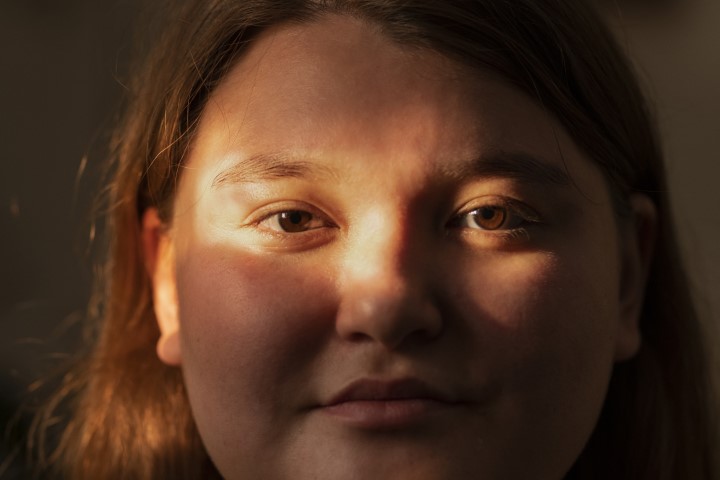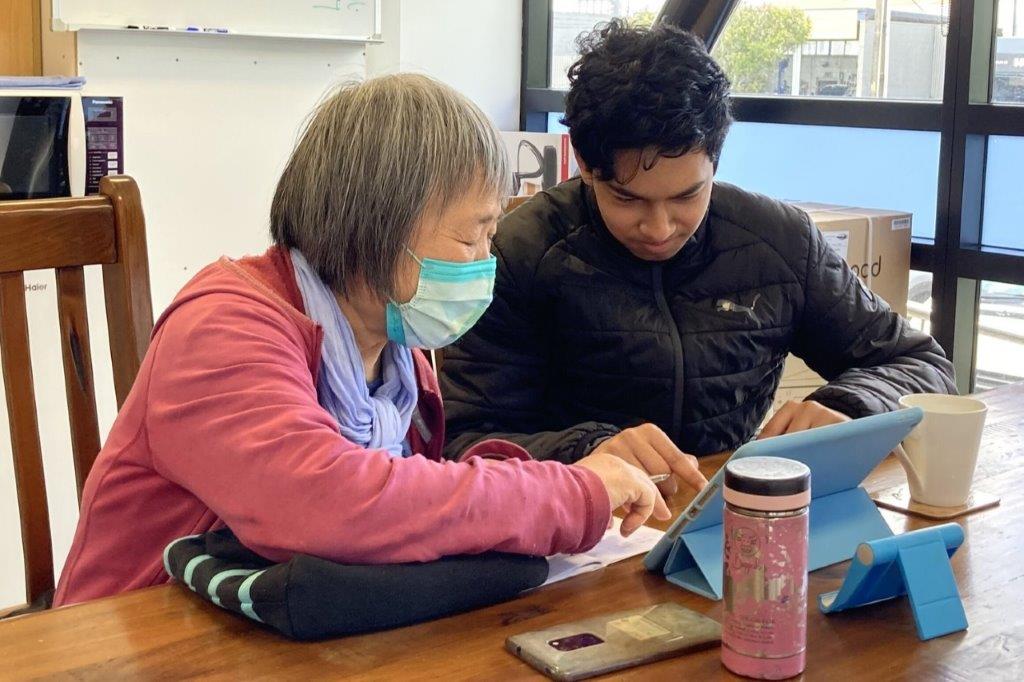3D printing to revolutionise cataracts treatment?
University of East Anglia (UEA) researchers have made a breakthrough in ocular device technology with the introduction of a novel resin to 3D-print intraocular lenses (IOLs), potentially offering cheaper, faster manufacturing and more customisation.
This is the first time a resin has been developed which can be used to print ocular devices directly, said lead author Dr Aram Saeed, associate professor in healthcare technologies at UEA's School of Pharmacy. “While still in the early stages, these lenses could significantly enhance eyecare for patients by offering unprecedented levels of customisation and design precision, potentially leading to better clinical outcomes.”
Today’s IOLs are mostly made from hydrophilic and hydrophobic acrylic materials manufactured using lathing and moulding techniques, said Dr Saeed, adding that while these methods offer well-engineered and high-optical quality devices, they also come with inherent limitations, particularly in terms of design complexity and customisation. “Our proof-of-concept paper is the first in a series that will detail our developments in this area and set the stage for transforming eyecare practices globally,” he said.
Published in Current Eye Research, the study found that the 3D-printed lenses have good optical clarity, can be folded and implanted into a human capsular bag. The study’s authors also noted the innovation could potentially bring other advantages, including creating intricate lens shapes which are difficult to manufacture with today’s materials, better compatibility with imaging technologies, reducing the need for adjustment post-surgery and allowing for the development of new materials with improved optical performance. The material is already patented in the US and the team is currently refining their process to ensure it works on a larger scale, while increasing the printing resolution to improve the lenses’ dimensional accuracy. The aim is to start clinical trials in the next few years, said Dr Saeed.





